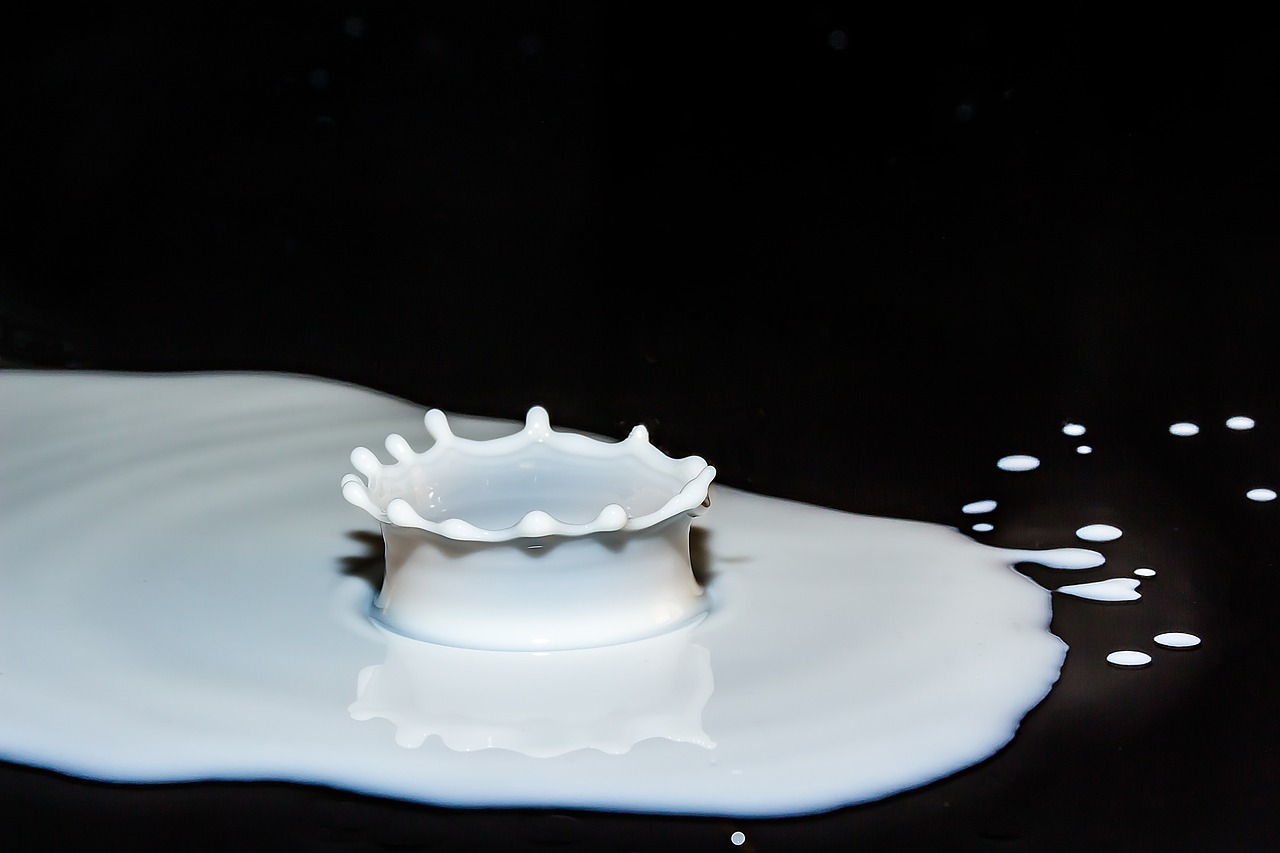As the saying goes, out of sight, out of mind, we don’t tend to pay much attention to our liver. But we couldn’t survive without our livers, so taking care of our livers is just as important as taking care of our hearts. Recent research suggests that dairy products may help maintain liver health, as there is evidence that people who regularly consume dairy products have a lower risk of developing non-alcoholic fatty liver disease (NAFLD).
Non-alcoholic fatty liver disease (NAFLD) affects about 25% of the world’s population, according to estimates, and is a major causative factor for long-term liver disease. If left untreated, this common condition may lead to liver damage, cirrhosis and even liver cancer, and is strongly associated with a number of metabolic syndromes, including obesity, hypertension and insulin resistance. The best way to prevent NAFLD is to make sure you have a healthy lifestyle, including consuming a healthy diet. This may mean reducing your intake of red and processed meats, fast foods and sugary drinks – all of which carry a higher risk of developing NAFLD – and choosing more fruits, vegetables and whole grains. To date, we do not know whether dairy intake is associated with the risk of developing NAFLD. Despite the abundance of healthy nutrients in dairy products, some scientists have previously worried that the saturated fat in dairy products may be harmful to liver health, although the latest findings are beginning to alleviate concerns about dairy-induced liver disease.
Recently, researchers pooled and analyzed 11 studies involving 43,649 participants to get a clear picture of the relationship between dairy intake and liver health.
By pooling the results of these studies, the researchers found that consuming dairy products reduced the risk of developing non-alcoholic fatty liver disease. The study showed that there was an inverse relationship between the two, meaning that people who consumed more dairy products had a lower risk of developing NAFLD compared to those who consumed less dairy products. Overall, higher dairy intake reduced the risk of NAFLD by 10%. With regard to the different types of dairy products, the researchers found that yogurt reduced this risk by 12 percent, while milk reduced it by 14 percent. However, the researchers were unable to find an association between cheese and the risk of NAFLD.
The researchers concluded that the role of dairy intake in reducing the risk of liver disease may lie in the dairy matrix, i.e., the physical state of the dairy product itself, despite its saturated fat content. In addition, dairy intake improves blood lipids, lowers triglycerides and total cholesterol (which are strongly associated with liver fat accumulation), and raises HDL cholesterol. However, the researchers were also careful to state that the observational studies involved in this pooled study possessed varying levels of data quality, and that the findings would need to be confirmed by further large-scale studies. However, their conclusions are consistent with another recent review paper. This review showed that people with higher dairy intake had a lower risk of metabolic syndrome, hypertension, type 2 diabetes, stroke and cardiovascular disease.



